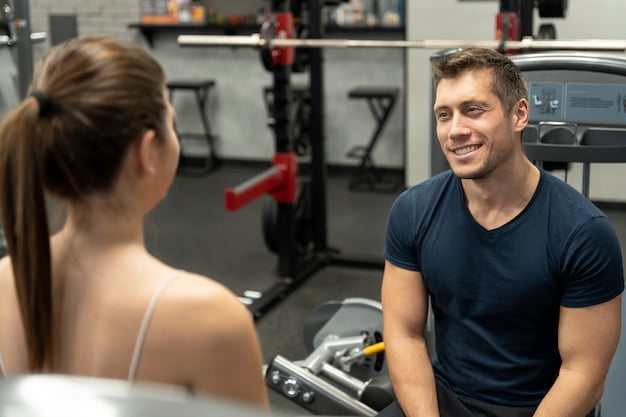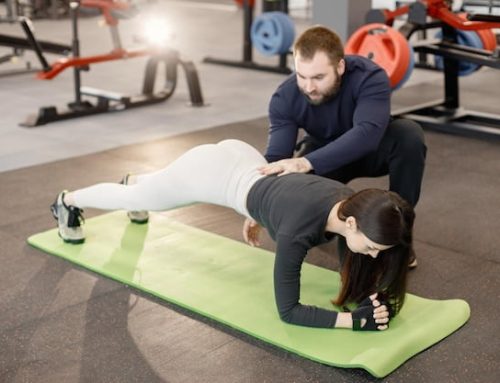Introduction
Sports-specific training, as the name suggests, is a type of training that is designed to cater to the specific needs of an athlete. As athletes differ in terms of their sport, body type, and skill set, their training programs should also vary. Therefore, coaches and trainers need to understand the importance of sports-specific training.
What is Coach-Specific Training?
Coach-specific training is a training program that is designed to help coaches and trainers understand how to create a training program that meets the specific needs of their athletes. This type of training focuses on the following key areas:
1. Understanding the Athlete
To create a training program that is specific to an athlete, coaches and trainers need to understand the athlete’s body, skillset, and the demands of their sport. This means analyzing their strengths and weaknesses and identifying areas that need improvement.
2. Designing a Training Program
Once coaches and trainers have a good understanding of the athlete, they can use this information to design a training program that meets their specific needs. This program should include exercises that improve the athlete’s weaknesses and enhance their strengths.
3. Monitoring Progress
Monitoring the athlete’s progress is an essential part of sports-specific training. Coaches and trainers should regularly evaluate their athletes to test their performance and identify areas that need improvement. This will help them adjust the training program and make changes as needed.
4. Ensuring Proper Nutrition
Proper nutrition is essential for athletes to perform at their best. Coaches and trainers should work with athletes to ensure that they are eating a healthy diet and getting the nutrients they need to fuel their body during training and competition.
5. Preventing Injuries
Injuries can significantly impact an athlete’s performance, and preventing them should be a top priority for coaches and trainers. Sports-specific training programs should include exercises that help prevent injuries and promote recovery.
Example of Sports-specific Training
Let’s take the example of football as a sport. A football player requires strength, cardiovascular endurance, agility, speed, and power. A coach will design a training program that caters to these specific needs. Here is an example of a training program for a football player:
| Activity | Duration | Frequency |
|---|---|---|
| Weight Training (Strength and Power) | 60 mins | 3 times per week |
| Cardiovascular Training (Endurance) | 60 mins | 3 times per week |
| Plyometric Training (Agility and Power) | 30 mins | 2 times per week |
| Speed and Agility Training | 30 mins | 2 times per week |
Benefits of Sports-specific Training
Sports-specific training offers several benefits to athletes, including the following:
1. Improved Performance
Sports-specific training programs are designed to meet the specific needs of an athlete. This means that the training they receive is tailored to their body type, skill set, and the demands of their sport, which can result in improved performance.
2. Reduced Risk of Injuries
Injuries can greatly impact an athlete’s performance and career. Sports-specific training programs include exercises that help prevent injuries, promoting recovery and rehabilitation if necessary.
3. Increased Confidence
When an athlete knows that they are receiving training that is tailored to their specific needs, they can feel more confident in their abilities, which can translate to better performance on the field.
4. More Effective Use of Training Time
Sports-specific training programs are designed to be efficient and effective, allowing athletes to get the most out of their training time.
Conclusion
Sports-specific training is essential for athletes who want to perform at their best. Coaches and trainers who understand the importance of sports-specific training can design training programs that meet the specific needs of their athletes, leading to improved performance, reduced risk of injuries, increased confidence, and more effective use of training time. By investing in sports-specific training, athletes can take their performance to the next level.






